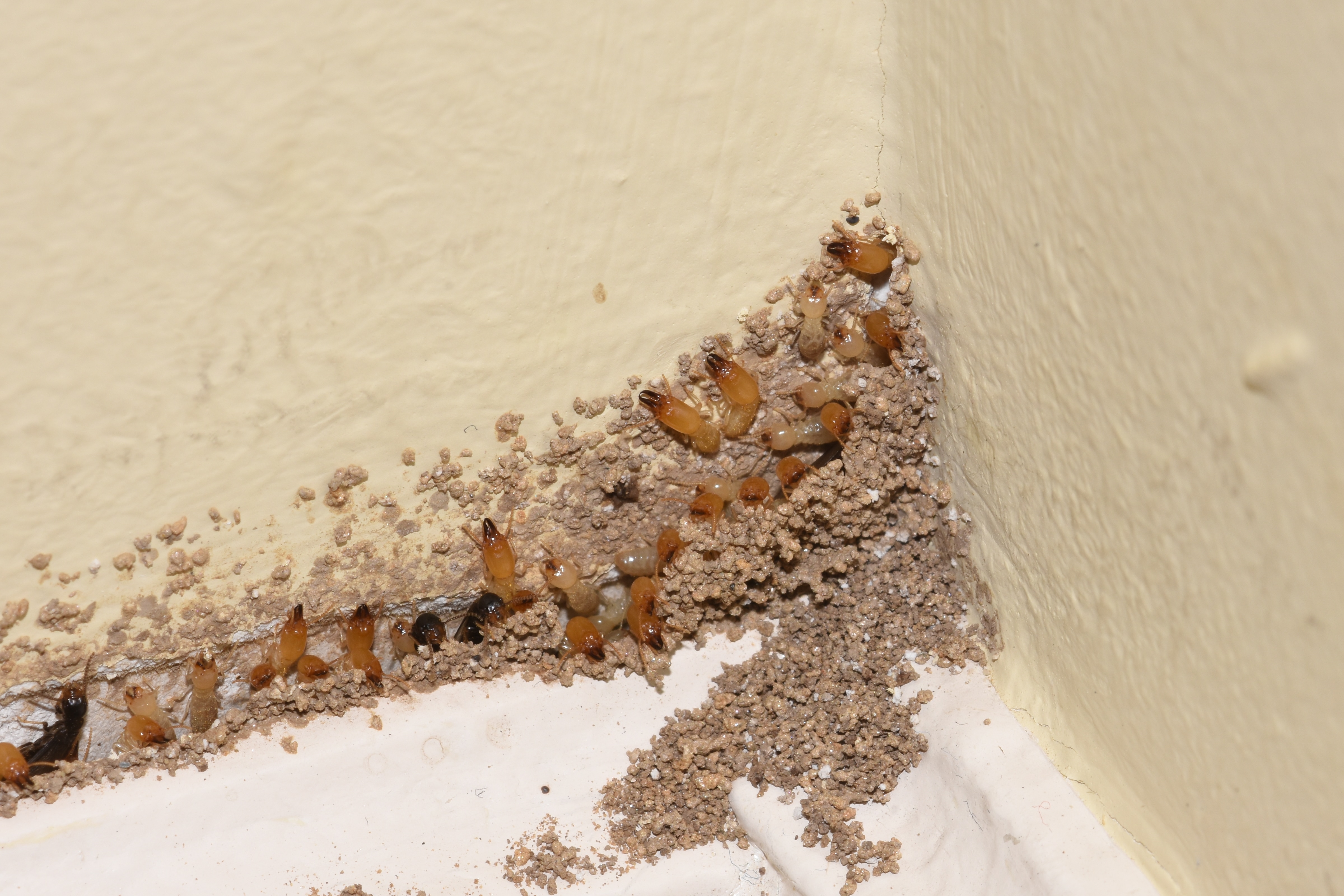Termites in House: Signs, Prevention, and Treatment

Discovering termites in your house can be a distressing experience. These tiny insects can cause significant damage to the structure of your home if left unchecked. This article aims to educate homeowners about termites, their signs, prevention measures, and effective treatment options.
Understanding Termites
Termites are social insects that feed on cellulose-based materials like wood, paper, and plants. They live in colonies and are divided into three main castes: workers, soldiers, and reproductive termites.

Signs of Termite Infestation
-
Mud Tubes: Subterranean termites build mud tubes on walls or foundations to provide moisture and protection as they travel.
-
Discarded Wings: Reproductive termites, known as swarmers, shed their wings after mating, leaving behind piles of discarded wings.
-
Wood Damage: Termites consume wood from the inside out, leaving hollowed-out wood with a honeycomb appearance.
-
Blistering or Sagging Wood: Damaged wood may exhibit surface irregularities like blisters or sagging.
-
Noisy Wood: When termites are actively feeding, you may hear clicking or rustling sounds within walls.
Preventing Termite Infestations
-
Regular Inspections: Schedule annual termite inspections by a pest control professional to detect early signs of infestation.
-
Reduce Moisture: Repair leaky pipes and ensure proper drainage to eliminate moisture sources that attract termites.
-
Wood-to-Ground Contact: Avoid direct wood-to-ground contact for structures, as termites can easily access wood this way.
-
Termite-Resistant Materials: Consider using termite-resistant materials during construction or renovations.
-
Keep Firewood Away: Store firewood and lumber away from your home and elevated off the ground.

Treatment Options
-
Chemical Treatments: Professional pest control services can apply liquid termiticides or baiting systems to eliminate termites.
-
Fumigation: Tenting and fumigation are effective for severe infestations but require temporary evacuation.
-
Heat Treatment: Heat treatments can be used to eliminate termites within the structure.
-
Wood Replacement: Damaged wood should be replaced and treated to prevent future infestations.
DIY Termite Prevention
-
Regular Maintenance: Maintain your home by sealing cracks, crevices, and holes in foundations and walls.
-
Termite-Resistant Mulch: Consider using termite-resistant mulch near your home's foundation.
-
Proper Ventilation: Ensure good ventilation in crawlspaces to reduce moisture buildup.
Termites in your house can be a serious concern, but with vigilance, prevention measures, and timely action, you can protect your home from these destructive pests. Regular inspections, moisture control, and professional pest management services are essential components of a comprehensive termite prevention plan. If you suspect a termite infestation in your home, it's crucial to seek the expertise of a licensed pest control professional to assess the situation and recommend the most appropriate treatment options. Early intervention can save your home from costly damage and repairs.

